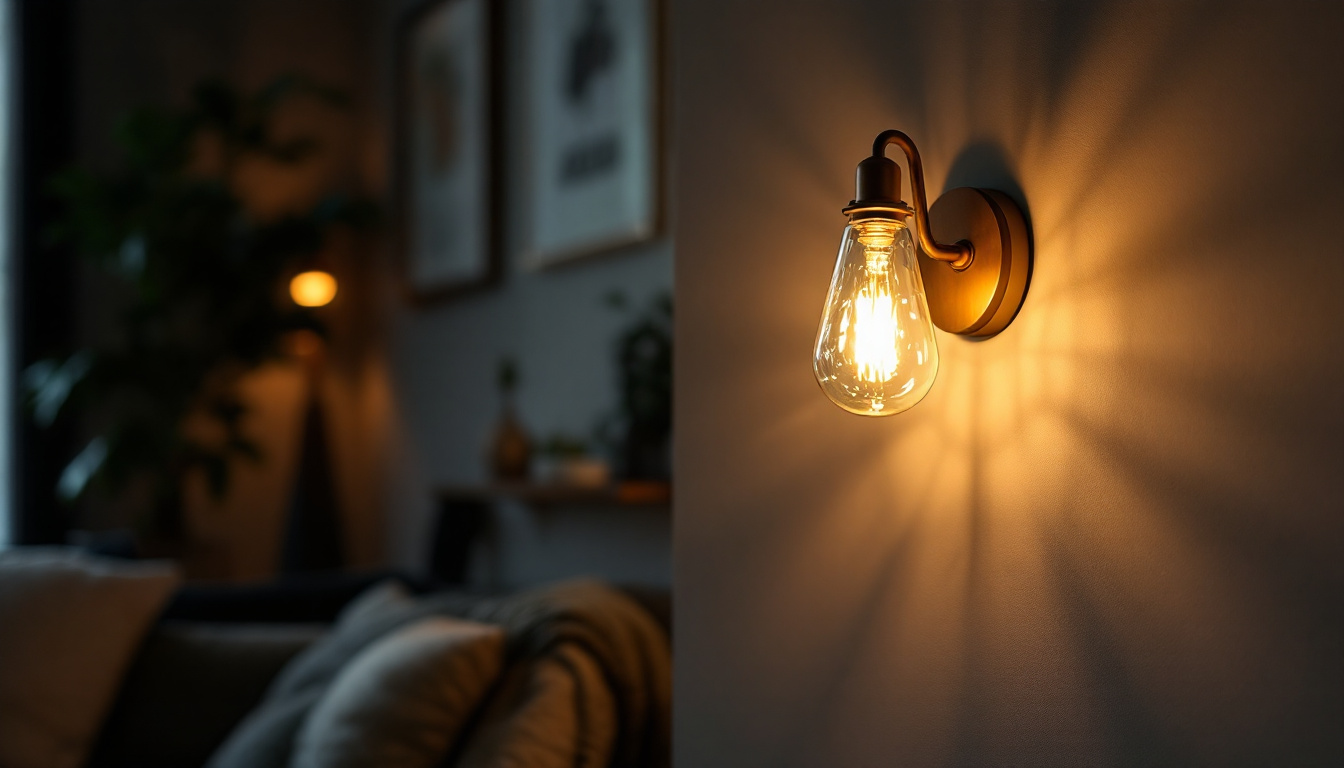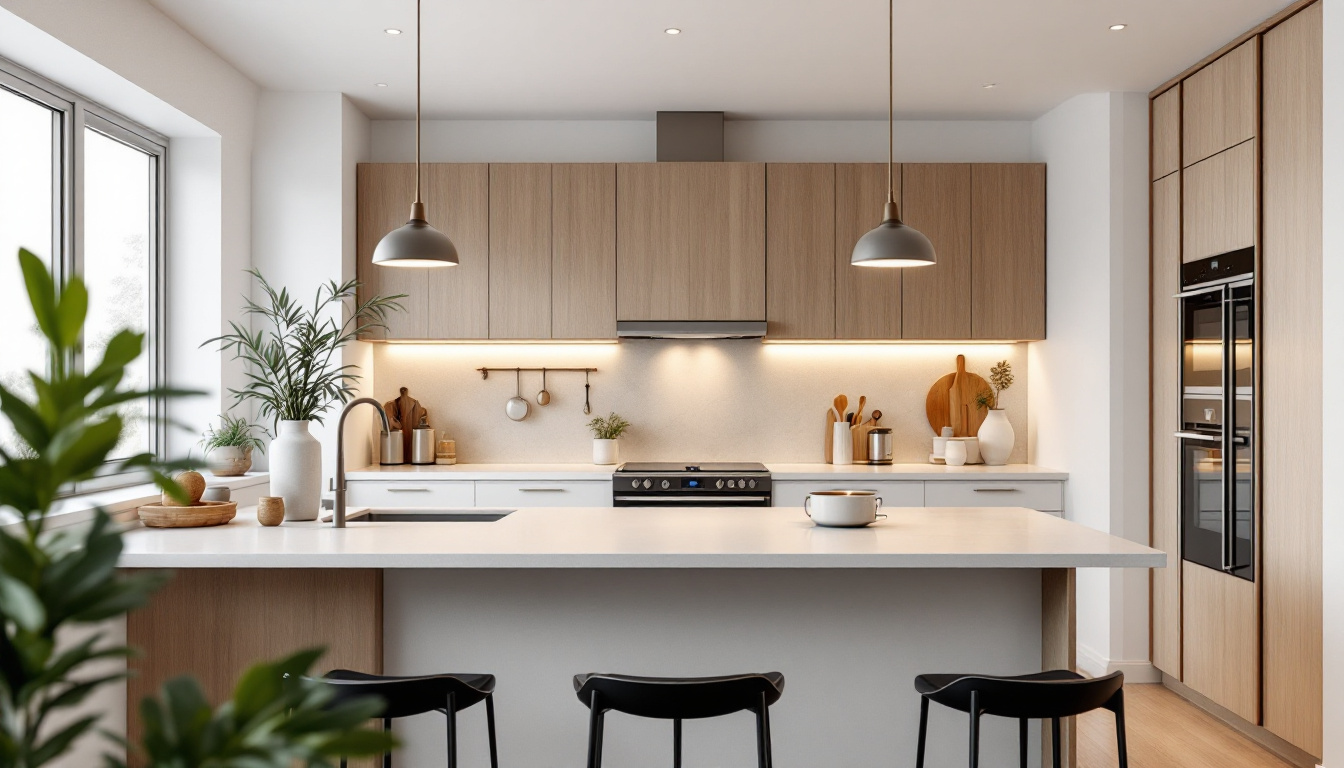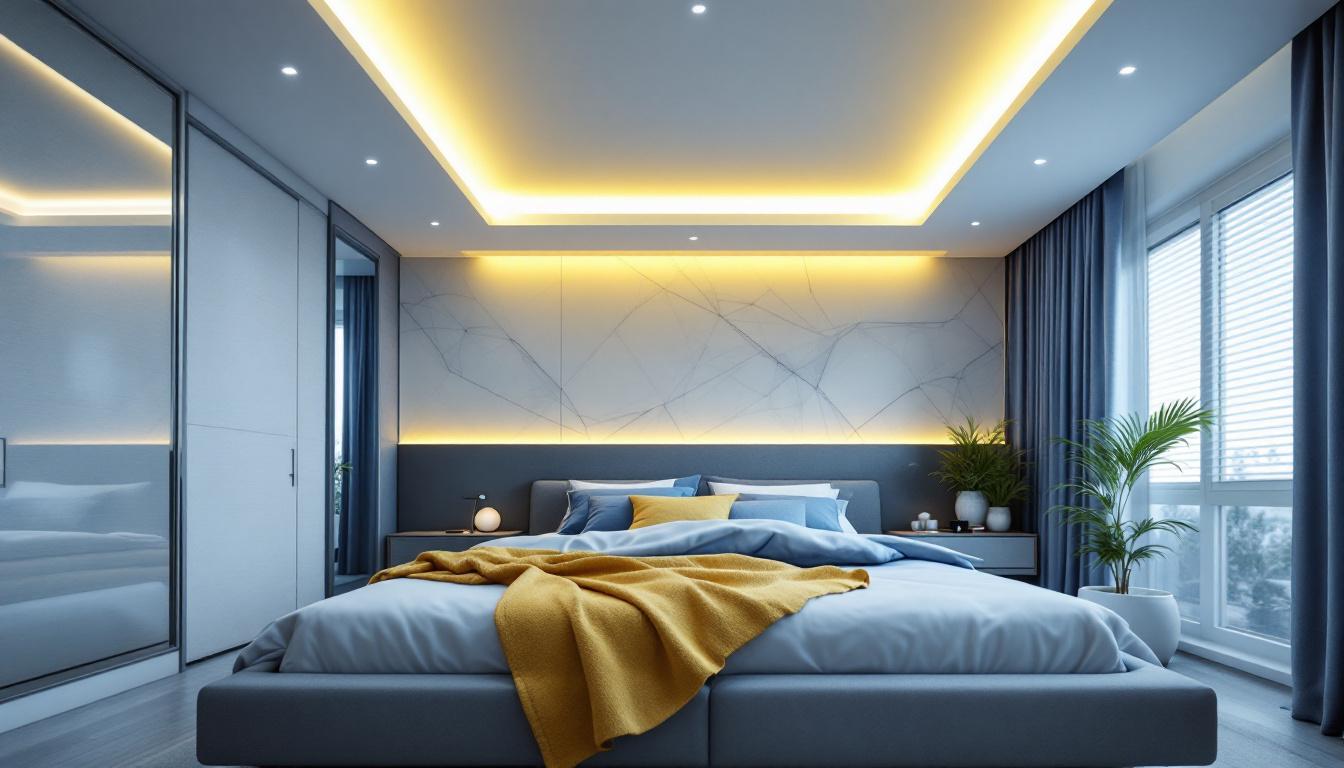
For lighting contractors, understanding the intricacies of electrical installations is crucial. One common scenario encountered in residential and commercial projects is the need to combine a switch with an outlet. This configuration can enhance functionality while maintaining a clean aesthetic. Below are some quick tips that can help lighting contractors navigate this task efficiently.
Before diving into the installation process, it’s essential to grasp the fundamental concepts surrounding switches and outlets. A switch controls the flow of electricity to a light fixture, while an outlet provides a source of power for various devices. Combining these two elements can create a more versatile space, allowing for greater control over lighting and power distribution throughout a home or office.
There are several types of switches and outlets available, each designed for specific applications. Standard toggle switches are the most common, but there are also dimmer switches, three-way switches, and smart switches that offer additional features. Outlets can range from standard 120V receptacles to GFCI and AFCI outlets, which provide enhanced safety features. Understanding the differences between these types can help contractors choose the right combination for their projects. For instance, a dimmer switch paired with a standard outlet can create a cozy atmosphere in a living room, while a GFCI outlet combined with a switch is ideal for outdoor lighting.
Moreover, the rise of smart home technology has introduced a new category of switches and outlets that can be controlled remotely via smartphones or voice-activated devices. This innovation not only adds convenience but also allows for energy efficiency by enabling users to monitor and manage their energy consumption more effectively. Smart outlets can even track usage patterns, providing insights that can help homeowners reduce their electricity bills.
When combining switches and outlets, it’s vital to adhere to local electrical codes and regulations. These codes are designed to ensure safety and prevent hazards such as electrical fires or shocks. Before starting any installation, contractors should familiarize themselves with the National Electrical Code (NEC) and any local amendments. It’s also important to stay updated on any changes to these codes, as they can evolve to address new technologies and safety concerns.
Additionally, using the appropriate wire gauge and circuit breakers is crucial. A common mistake is to overload a circuit, which can lead to tripped breakers or worse, electrical fires. Always calculate the load and ensure that the circuit can handle the combined wattage of both the switch and the outlet. Furthermore, employing proper grounding techniques is essential in preventing electrical shock. Grounding not only protects users but also helps to stabilize the electrical system, ensuring that it operates safely and efficiently.
Once the basics are understood, the next step is installation. This process requires careful planning and execution to ensure a successful outcome. Here are some practical tips to consider during installation.
Before any wiring begins, planning the layout is essential. Determine where the switch and outlet will be located, considering the flow of the room and the convenience for users. It’s often beneficial to place the switch near the entrance of a room, allowing easy access to control the lighting.
Additionally, consider the placement of the outlet. It should be within reach of devices that will be plugged in, but not in a location where it could be obstructed or become a tripping hazard. Marking the positions clearly can save time and ensure accuracy during installation. Furthermore, think about the overall aesthetic of the room; aligning the outlets and switches with the design elements can create a more cohesive look. For instance, if you have a modern decor style, opting for sleek, minimalistic switch plates can enhance the visual appeal.
Proper wiring techniques are crucial for a safe and effective installation. When connecting a switch to an outlet, it’s common to use a single cable to run power from the outlet to the switch. This method simplifies the wiring process and reduces the number of cables needed.
When making the connections, ensure that the wires are stripped to the correct length and that the connections are secure. Using wire nuts can help prevent any loose connections that may lead to arcing or shorts. Additionally, always follow the color coding for wires: black for hot, white for neutral, and green or bare for ground. It can also be beneficial to use a multimeter to double-check voltage levels before finalizing connections, ensuring that everything is functioning as it should. Taking the time to double-check your work can save you from potential headaches down the line.
After installation, testing the setup is essential. Turn on the power and check that the switch operates correctly, controlling the light fixture as intended. Additionally, plug a device into the outlet to ensure it receives power. If there are any issues, troubleshooting is necessary.
Common problems may include the switch not functioning or the outlet not providing power. In such cases, checking the connections and ensuring that the circuit breaker is not tripped can often resolve the issue. If problems persist, it may be necessary to consult with a more experienced electrician. It’s also wise to familiarize yourself with the circuit layout in your home, as understanding which breakers control which areas can expedite the troubleshooting process. Keeping a log of any issues encountered and solutions found can be helpful for future reference, especially if you plan to tackle more electrical projects down the line.
Beyond functionality, aesthetics play a significant role in the installation of switches and outlets. The right design choices can enhance the overall look of a space while providing practical benefits. A well-designed electrical installation not only serves its purpose but also contributes to the ambiance and character of a room, making it essential to consider both form and function during the planning stages.
Switches and outlets come in various finishes and styles, allowing contractors to match them with the decor of the room. From sleek modern designs to classic styles, the choice of finish can significantly impact the visual appeal of the installation. For instance, a brushed nickel finish can add a contemporary touch to a minimalist space, while antique brass may evoke a sense of nostalgia in a traditional setting.
Consider using decorative wall plates that complement the surrounding decor. This small detail can elevate the overall look of the installation, making it blend seamlessly with the interior design. Additionally, utilizing color can help the switch and outlet stand out or blend in, depending on the desired effect. For example, opting for bold colors can create a focal point in a neutral room, while matching the color of the wall can create a more understated, sophisticated look. Furthermore, exploring custom designs or unique textures can provide an opportunity to showcase personal style and creativity.
With the rise of smart home technology, integrating smart switches and outlets into installations is becoming increasingly popular. These devices allow for remote control and automation, enhancing convenience for users. Smart switches can be programmed to adjust lighting based on the time of day or occupancy, contributing to energy efficiency and user comfort.
When incorporating smart technology, ensure that the chosen devices are compatible with the existing electrical system. Additionally, educate clients on how to use these features effectively, as many may be unfamiliar with smart home systems. This knowledge can significantly enhance customer satisfaction and lead to repeat business. Moreover, consider the potential for future upgrades; selecting devices that are easily upgradable can provide clients with the flexibility to expand their smart home capabilities as technology evolves. As the demand for smart home solutions continues to grow, staying informed about the latest trends and innovations will position contractors as leaders in the field, further solidifying their reputation and attracting a broader clientele.
Once the installation is complete, ongoing maintenance is essential to ensure the longevity and functionality of the switch and outlet. Regular checks can help identify potential issues before they become significant problems.
Encourage clients to conduct routine inspections of their switches and outlets. Look for signs of wear, such as discoloration or loose connections. These indicators can signal underlying issues that may require professional attention.
Additionally, clients should be educated on the importance of not overloading outlets. Using too many devices on a single outlet can lead to overheating and potential hazards. Providing clear guidelines on safe usage can help prevent problems down the line.
Technology is continually evolving, and so are electrical components. As newer, safer, and more efficient products become available, it may be beneficial to recommend upgrades to clients. This could include replacing older switches and outlets with modern versions that offer enhanced safety features or smart capabilities.
Upgrading not only improves safety but can also enhance the functionality and convenience of a space. Discussing these options with clients can lead to additional business opportunities and satisfied customers.
Combining a switch with an outlet can significantly enhance the functionality and aesthetics of a space. By understanding the basics, following proper installation techniques, and considering design and maintenance, lighting contractors can ensure successful outcomes for their projects.
Staying informed about the latest trends and technologies in the industry will also provide a competitive edge. By implementing these quick tips, contractors can improve their skills and deliver exceptional results, ultimately leading to satisfied clients and successful projects.
Ready to elevate your lighting projects with the highest quality and value? Look no further than LumenWholesale for all your lighting needs. Our extensive selection of spec-grade lighting products is designed to meet the demands of any project, big or small. With unbeatable wholesale prices and the convenience of free shipping on bulk orders, you can trust us to provide the best lighting solutions without the extra costs. Don’t compromise on quality or price – Wholesale Lighting at the Best Value is just a click away. Make the smart choice and partner with LumenWholesale today for a brighter tomorrow.

Discover how lamp sconces are revolutionizing the lighting industry and becoming a secret weapon for contractors.

Discover the ultimate guide to flush mount kitchen lights tailored for lighting contractors.

Discover essential tips for lighting contractors to seamlessly integrate suspended ceilings in bedrooms.

Discover the essential insights every lighting contractor needs to know about shop lights.